The Belfast Blitz
Why Belfast was targeted
Belfast sits on the west of the United Kingdom, leading many to doubt that it would ever be a target for German bombers. However, an examination of the German archive demonstrated that the city and its industry became a high priority as German strategic goals shifted from the Battle of Britain and the London Blitz to cities across the UK. The fall of France and the Low Countries in May 1940 placed Belfast within the operating range of the German bomber fleet flying from new airfields established in France, Belgium, and the Netherlands.
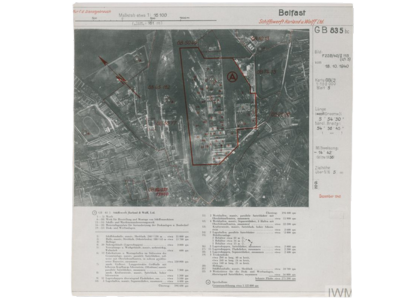
In February 1941, Hitler directed that German bombers should focus their efforts on targets vital to the British war economy, with particular attention paid to shipping and port facilities. From March 1941, industrial/port cities were attacked, such as Portsmouth, Manchester, Plymouth, Bristol, Merseyside, and Clydeside. Many of these raids brought destruction and high explosives. The Luftwaffe designated Belfast as a principal strategic target in January 1941; it was only a matter of time before German bombers attacked Belfast.
The Stadtplan von Belfast, produced by the German Generalstab des Heeres (Army General Staff) in 1940, provides a clear understanding of why Belfast was a key target for the Luftwaffe at this stage in the war. The map highlights the crucial industrial areas concentrated in the docks area and harbour estate, marked in purple. These industrial areas drew German attention, making Belfast a prime target.
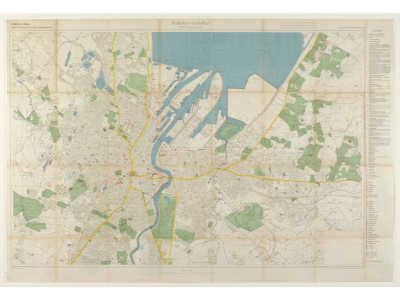
The shipyards of Harland and Wolff produced all manner of ships for the Royal Navy and merchant fleet. Throughout the conflict, the yard produced 140 warships and 123 merchantmen. Furthermore, 3,000 craft of all sizes were refitted/repaired throughout the war.
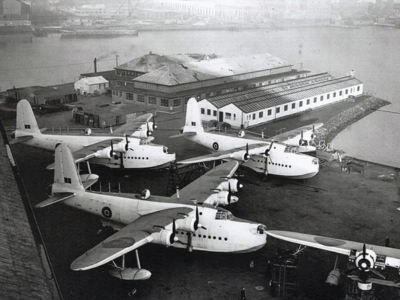
Adjoining the shipyard was the Short & Harland aircraft factory. It employed 20,000 staff who manufactured Short Stirling heavy bombers and Short Sunderland seaplanes. RAF deployed the first in its strategic bombing campaign over Europe. The Sunderland was a long-range seaplane crucial to combatting the U-boat menace in the Battle of the Atlantic. By May 1941, 50,000 workmen entered the harbour estate daily, with 10,000 employed in the Short & Harland aircraft factory and 23,000 at the shipyard.
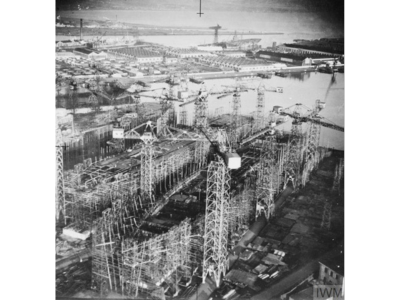
The Sirocco Works in East Belfast produced ventilation and heating plants, and the Belfast Ropeworks (the largest in the world at the time) manufactured vast quantities of rope and cordage. By the end of the war, 250,000 tons of rope were manufactured. In the west of the city, the Mackies foundry was a key producer of ammunition for 40mm Bofors light anti-aircraft guns, the mainstay of British low-level anti-aircraft defences.
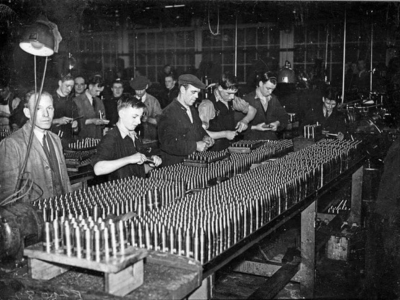
Belfast had many linen mills (the York Street Mill was one of the largest in the world) producing prodigious quantities. During the conflict, the mills in Belfast provided 200 million yards of linen, a crucial product used to cover aircraft control surfaces.
Beyond economic importance, the Admiralty designated Belfast as a headquarters for escort forces in July 1940, and the mouth of Belfast Lough became an assembly area for merchant shipping convoys.



